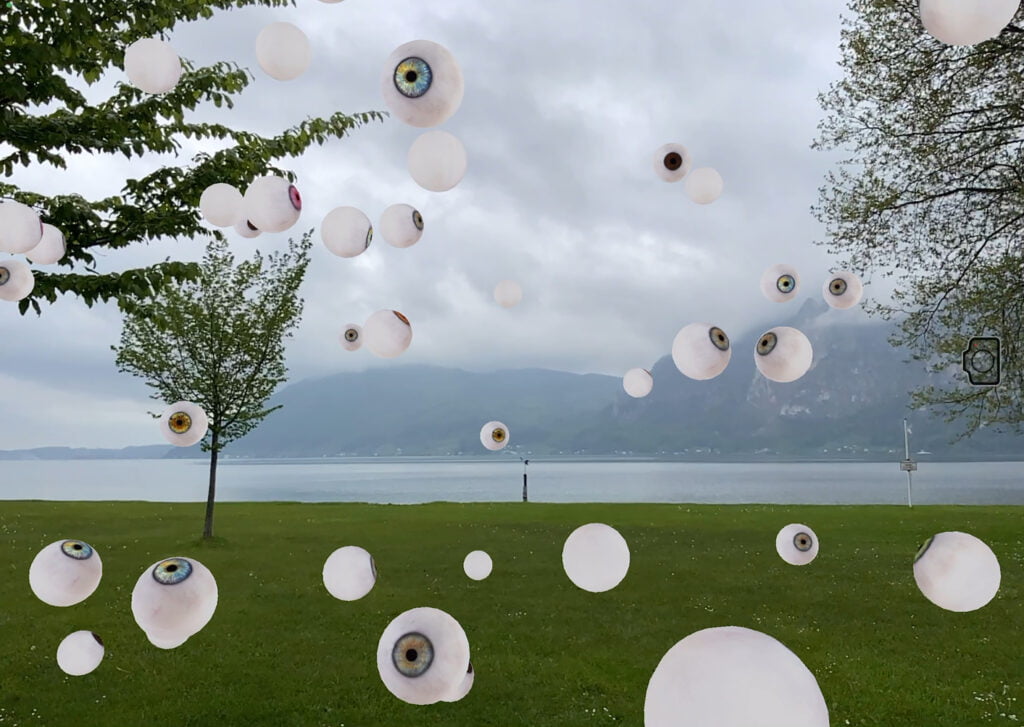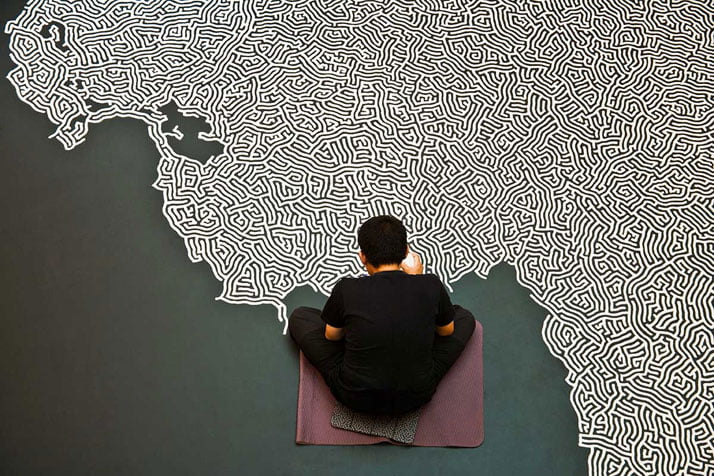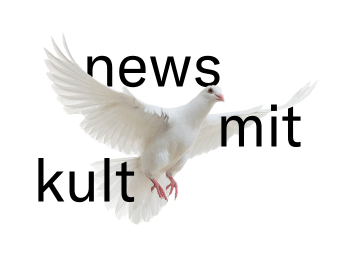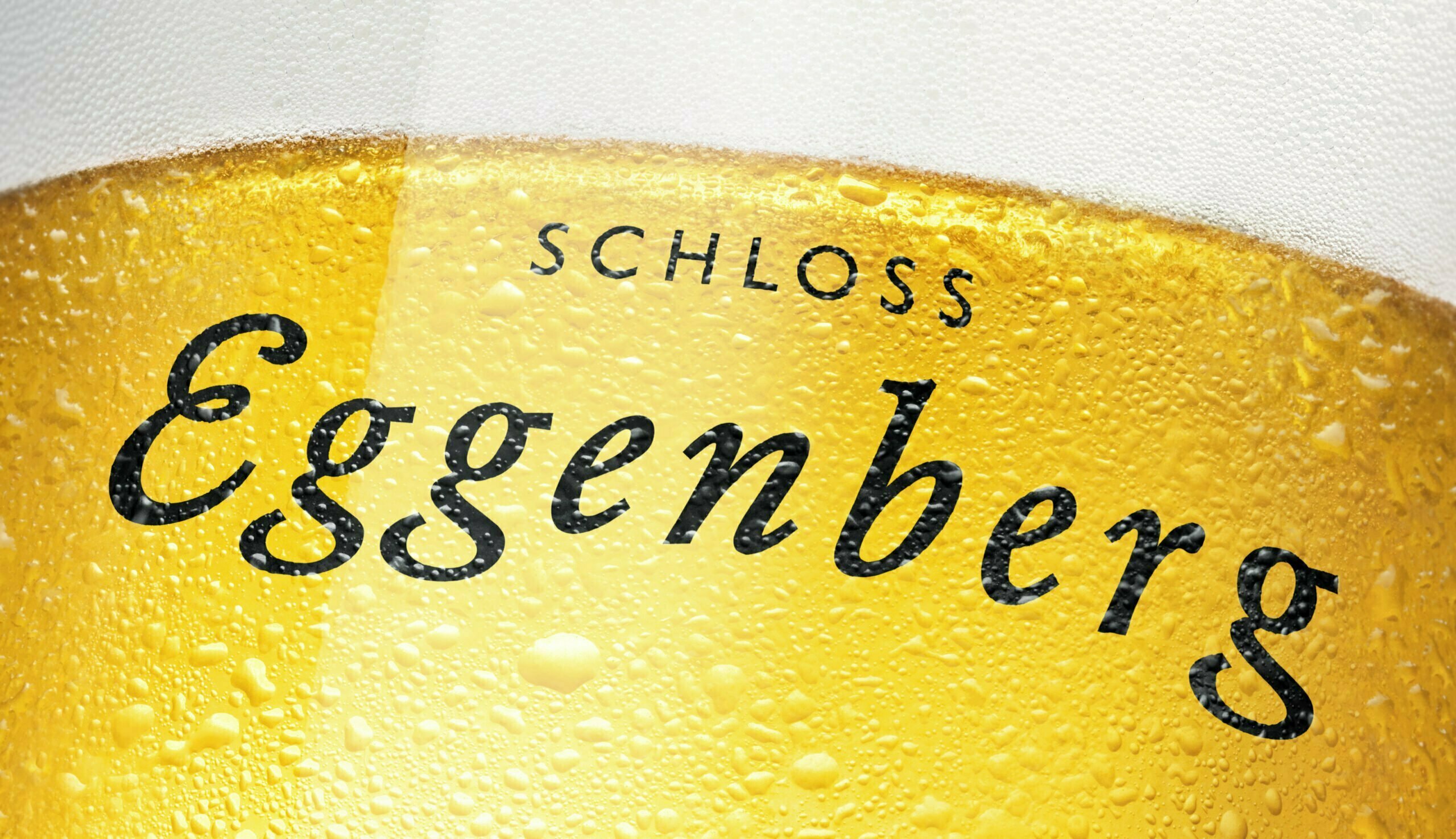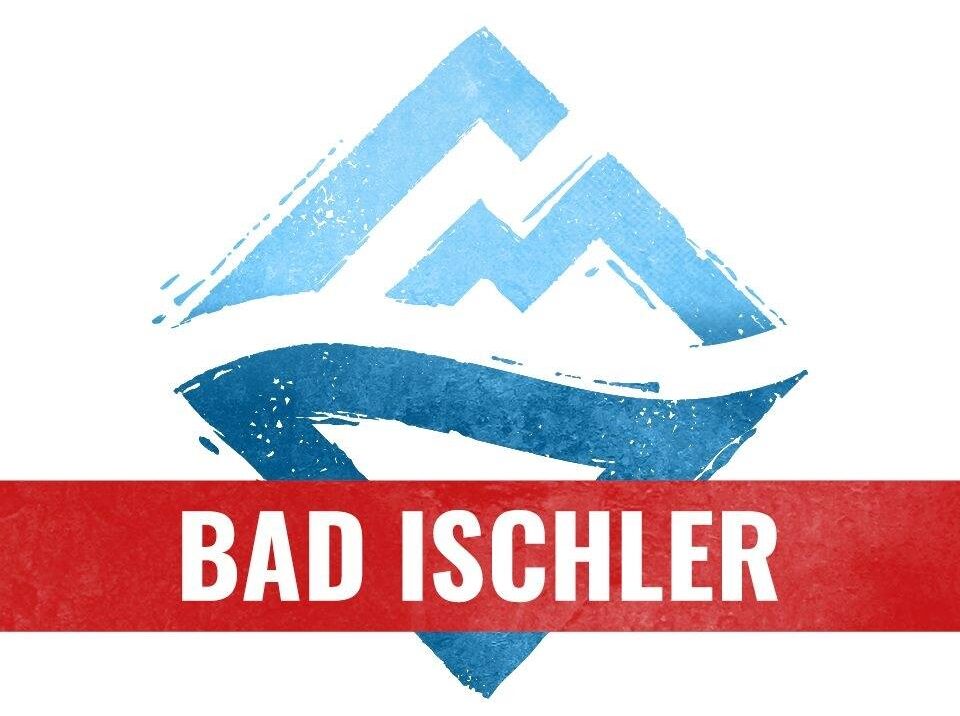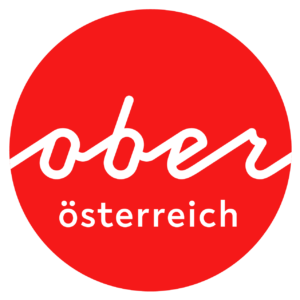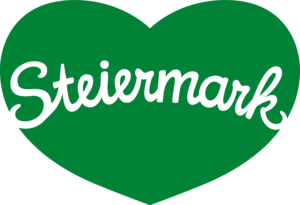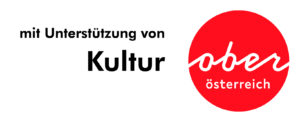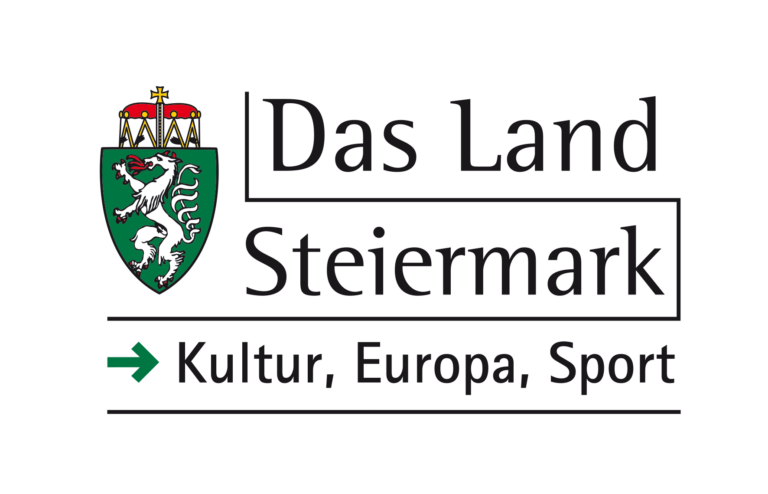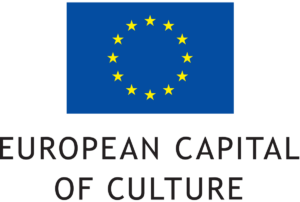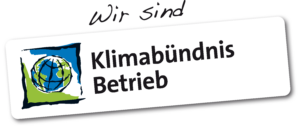Eva Schlegel, visual artist, lives and works in Vienna. 1997-2006 Professor of Art and Photography, Academy of Fine Arts, Vienna; 2011 Commissioner of the Austrian Pavilion, Venice Biennale. Exhibitions at home and abroad including. Galerie Krinzinger Vienna, Galerie Bo Bjerggaard Copenhagen, Galerie Wendi Norris San Francisco; un-limited, Ferenczy Museum, Budapest (S); Bodyfiction, MNHA Museum, Luxembourg(G); New Acquisitions, Albertina; (G) Japonism, Kunstforum Vienna (G); Spaces, Kunsthalle Krems (S); Kochi-Muziris Biennale 2016, India; Architecture Biennale 2015, Buenos Aires (G); Multimedia Art Museum Moscow (S); in between, MAK – Museum of Applied Arts Vienna (S); Eva Schlegel, Secession Vienna (S) Austrian Pavilion, Venice Biennale 1995; Sidney Biennale 1988 and 1992; 1991 Cadences, the New Museum, New York (G) Aperto 1988, Venice. Numerous installations and permanent interventions (selection): multiple voices, Oklahoma Contemporary; extension of public space, Austrian Parliament, Vienna; cloudspace, Liaunig Museum; all around the world… Rigshospitalet Copenhagen; Libelle, Museumsquartier Vienna; Novartis Campus, Basel.
Memories from the Future
At various locations in the Salzkammergut, the animated sculptures by Eva Schlegel in collaboration with 2MVD, one of Austria’s most internationally renowned artists, will be visible outside and inside using a QR code.
